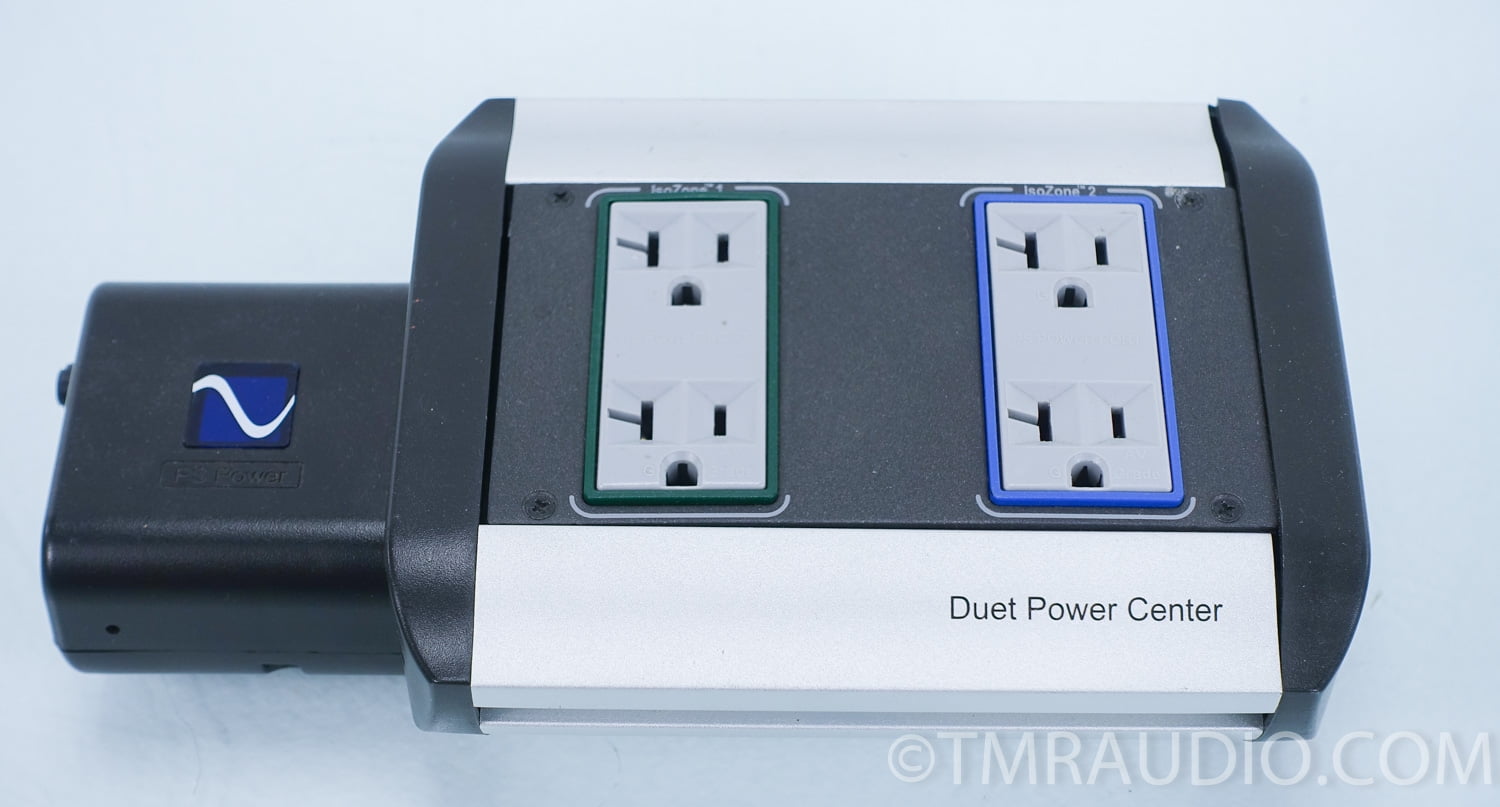It’s the time of year for saving money!
Back in the late 70’s audiophiles rarely considered that AC power was something that should concern them. It wasn’t until the audio writer Enid Lumley noticed that her system sounded much better in the evenings than during the day that any attention was focused on AC power. She wrote about this phenomenon in The Absolute Sound, and she attributed it to “noise” carried on the AC mains that raised the apparent noise floor of her system. And while some audiophiles still believe that trying to “fix” AC issues in “the last ten feet” of the AC line is a fool’s errand, that hasn’t stopped manufacturers from developing and audiophiles from using AC devices to fix their potential AC-induced sonic issues.
 But what are the potential problems caused by your AC mains? The issue of extraneous noise on AC lines has been well-documented. I wrote about my own AC issues when I moved into my current abode. I discovered that I needed to use AC filters to reduce the noise carried by my AC lines. The noise can stem from local devices such as refrigerators or digital power supplies, or system-wide problems such as sharing your utility pole with an arc-welding business. But AC line noise is only one potential issue…
But what are the potential problems caused by your AC mains? The issue of extraneous noise on AC lines has been well-documented. I wrote about my own AC issues when I moved into my current abode. I discovered that I needed to use AC filters to reduce the noise carried by my AC lines. The noise can stem from local devices such as refrigerators or digital power supplies, or system-wide problems such as sharing your utility pole with an arc-welding business. But AC line noise is only one potential issue…
 Another problem with AC power is that its voltage can vary rather drastically. According to Power Engineering.Com, “American National Standards Institute (ANSI) Standard C84.1-1970 specified two voltage ranges, Range A and Range B, which included both service voltage and utilization voltage. Service voltage for this situation was usually interpreted to be at the meter, and utilization voltage was at the terminals of the utilization equipment. Electric supply systems were to be so designed and operated that most service voltages would be within the limits specified in Range A. Range A service voltage was to be 120 V (+/-5 percent), which would be 114 to 126 V.” I have seen my own voltages range from 119 to 125 volts, which is within that range A guidelines. But for optimum performance some of my gear really wants to see 120 volts, so I use a voltage regulator on both my home theater projector and all the front-end gear in my main system. I can measure the differences both in terms of noise via a Noise Sniffer, and voltage via a voltage meter (and power draw meter).
Another problem with AC power is that its voltage can vary rather drastically. According to Power Engineering.Com, “American National Standards Institute (ANSI) Standard C84.1-1970 specified two voltage ranges, Range A and Range B, which included both service voltage and utilization voltage. Service voltage for this situation was usually interpreted to be at the meter, and utilization voltage was at the terminals of the utilization equipment. Electric supply systems were to be so designed and operated that most service voltages would be within the limits specified in Range A. Range A service voltage was to be 120 V (+/-5 percent), which would be 114 to 126 V.” I have seen my own voltages range from 119 to 125 volts, which is within that range A guidelines. But for optimum performance some of my gear really wants to see 120 volts, so I use a voltage regulator on both my home theater projector and all the front-end gear in my main system. I can measure the differences both in terms of noise via a Noise Sniffer, and voltage via a voltage meter (and power draw meter).
 Many recording studios use “balanced AC power” which not only isolates their gear from mains noise, but also supplies cancellation via its balanced configuration. In especially noisy AC environments, such as high-density urban area, a balanced AC system may be the only way to reduce serious amounts of AC noise. Equitek has been providing balanced power options for the pro industry for years. Another option for apartment dwellers or audiophiles who don’t want to or can’t rewire their main AC junction box are the stand-alone units from Core Power.
Many recording studios use “balanced AC power” which not only isolates their gear from mains noise, but also supplies cancellation via its balanced configuration. In especially noisy AC environments, such as high-density urban area, a balanced AC system may be the only way to reduce serious amounts of AC noise. Equitek has been providing balanced power options for the pro industry for years. Another option for apartment dwellers or audiophiles who don’t want to or can’t rewire their main AC junction box are the stand-alone units from Core Power.
 And how severe is AC line noise and power fluctuations in your system? The only way to know for sure is to measure the noise and see if AC noise reduction devices lower that noise. In my home the noise was obvious and the solutions were also obvious. Some home systems are blessed with clean power from the get-go, but most, especially those in urban areas, are more like mine. After physical room correction and optimal speaker placement within a room, AC power correction can be the most cost-effective sonic improvement you can make in a sound reproduction system. So, before you indulge in that post holiday buying binge that includes a shiny new preamplifier, new speaker cables, or set of new old stock Telefunken tubes, you might want to turn your attention and designate some funds toward your AC power…
And how severe is AC line noise and power fluctuations in your system? The only way to know for sure is to measure the noise and see if AC noise reduction devices lower that noise. In my home the noise was obvious and the solutions were also obvious. Some home systems are blessed with clean power from the get-go, but most, especially those in urban areas, are more like mine. After physical room correction and optimal speaker placement within a room, AC power correction can be the most cost-effective sonic improvement you can make in a sound reproduction system. So, before you indulge in that post holiday buying binge that includes a shiny new preamplifier, new speaker cables, or set of new old stock Telefunken tubes, you might want to turn your attention and designate some funds toward your AC power…








